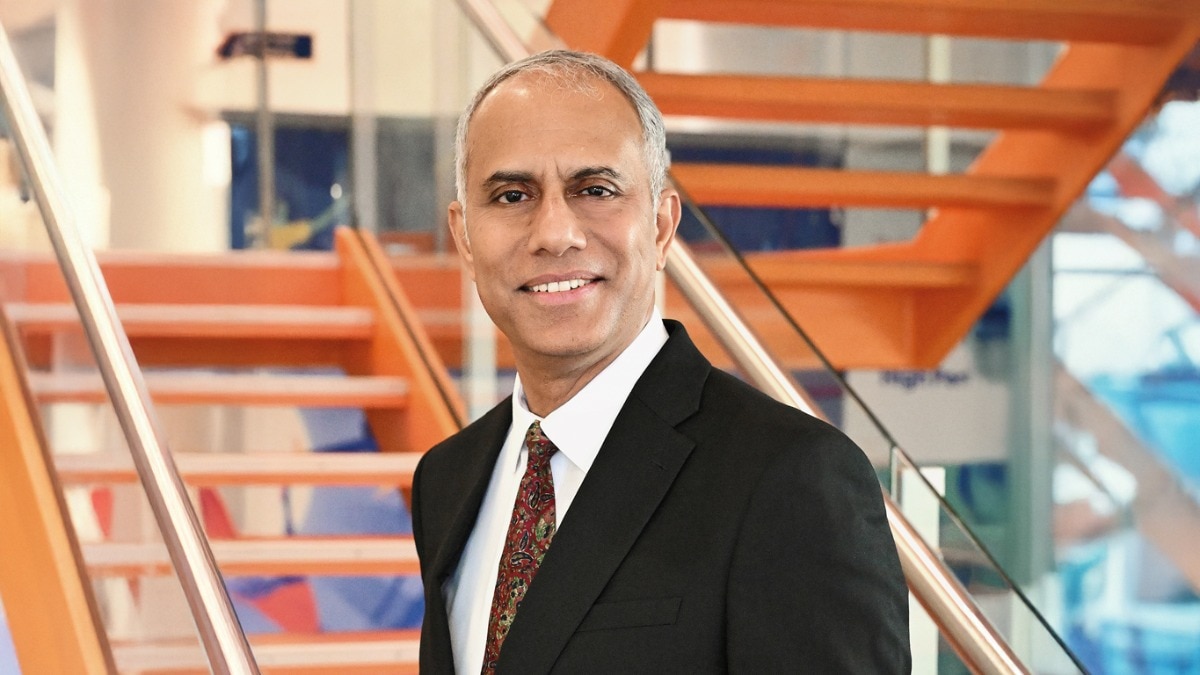
In 2010, Hindustan Unilever Ltd (HUL), as a part of its parent's Unilever Sustainable Living Plan (USLP), looked at ways to address India-specific challenges and opportunities. “We laid out ambitious goals to decouple business growth from environmental impact, while increasing positive social outcomes. It significantly advanced our sustainability agenda in India,” says B. P. Biddappa, Executive Director and Chief People Transformation and Sustainability Officer, HUL.
The approach is simple—what is good for India is good for HUL. Sustainability, Biddappa elaborates, is not just a strategic priority but deeply embedded “in our purpose and operations.” Before the company really formalised its sustainability and CSR goals, the commitment towards communities and the ecosystem was evident in flagship programmes like Prabhat and Shakti.
At HUL’s scale and size (in FY25, it generated a revenue of `64,138 crore), there are multiple advantages when it comes to making a significant difference to the sustainability story. Biddappa says the company has sharpened its focus on four priority areas—climate, nature, plastics and livelihoods. “We will scale up our proven models across these pillars, which will help us focus our actions more clearly while driving sustainability across the value chain.” From a consumer’s point of view, there was a tilt towards a desire to using more sustainable products, without compromising on performance and affordability. “It was pivotal for us, as India’s largest FMCG company, to double down our focus on sustainable practices that would help operational practices and enhance credibility.”
One such example has been the shift towards water-efficient manufacturing processes. Here, HUL has redesigned its factories to minimise water usage and invested in closed-loop systems. “We have not only conserved a critical resource but also significantly reduced utility costs. Another key initiative was the company’s early adoption of biomass-based energy solutions at its manufacturing units,” says Biddappa. Fossil fuels were replaced with agricultural waste and other renewable sources, leading to HUL cutting down on carbon emissions and supporting local economies that supplied the biomass. HUL’s willingness to take environmental responsibility while engaging with the community has been recognised, with the company receiving the Sustainability Leadership award for Manufacturing (FMCG).
Biddappa believes a holistic approach has been taken in three areas—tackling climate action, renewable energy, and waste management. There are a few aspects to each. In climate action, HUL has cut Scope 1 and 2 emissions by 98% and reduced its total energy consumption by 45% compared to 2008 levels. “The ambition, as part of the Climate Transition Action Plan, is to achieve net-zero emissions across the value chain by 2039.”
At the end of 2024, 14 HUL factories ran entirely on renewable energy, through a combination of solar, wind, and biomass sources. An integrated waste management ecosystem is another initiative. Termed Project Circular Bharat, it brings together over 20 partners—including the government, UNDP India, SBI Foundation, and start-ups—in at least ten cities.
Biddappa points towards the “strong two-way synergy” between HUL and Unilever. “While Unilever has global commitments to deliver which each of the markets contributes to, India, being a key market, plays an important role in contributing to the larger sustainability goals,” he explains. If HUL has gained from Unilever’s global frameworks, there have been instances of India contributing to the larger sustainability goals.
In case of Project Shakti, which has empowered and created livelihood opportunities for women in rural India, the model is now being replicated in other developing markets. “We also have Prabhat, our community developed initiative, aiming to create sustainable and inclusive communities,” says Biddappa.
What really makes HUL different? According to Biddappa, the company believes in turning intent into impact consistently and at scale. “Whether it’s eliminating coal from our operations or achieving plant neutrality ahead of regulatory mandates, we have always been willing to do what’s right and not just what is required.”
A deep understanding of the Indian context, thanks to being here for a long time, helps in taking up initiatives that address local issues. “It includes water security, skill development, empowering rural women and youth by creating livelihood opportunities. Plus, we can sustainably source raw materials that are used in our products,” says Biddappa. At the core is looking at initiatives that work on the ground.
@krishnagopalan